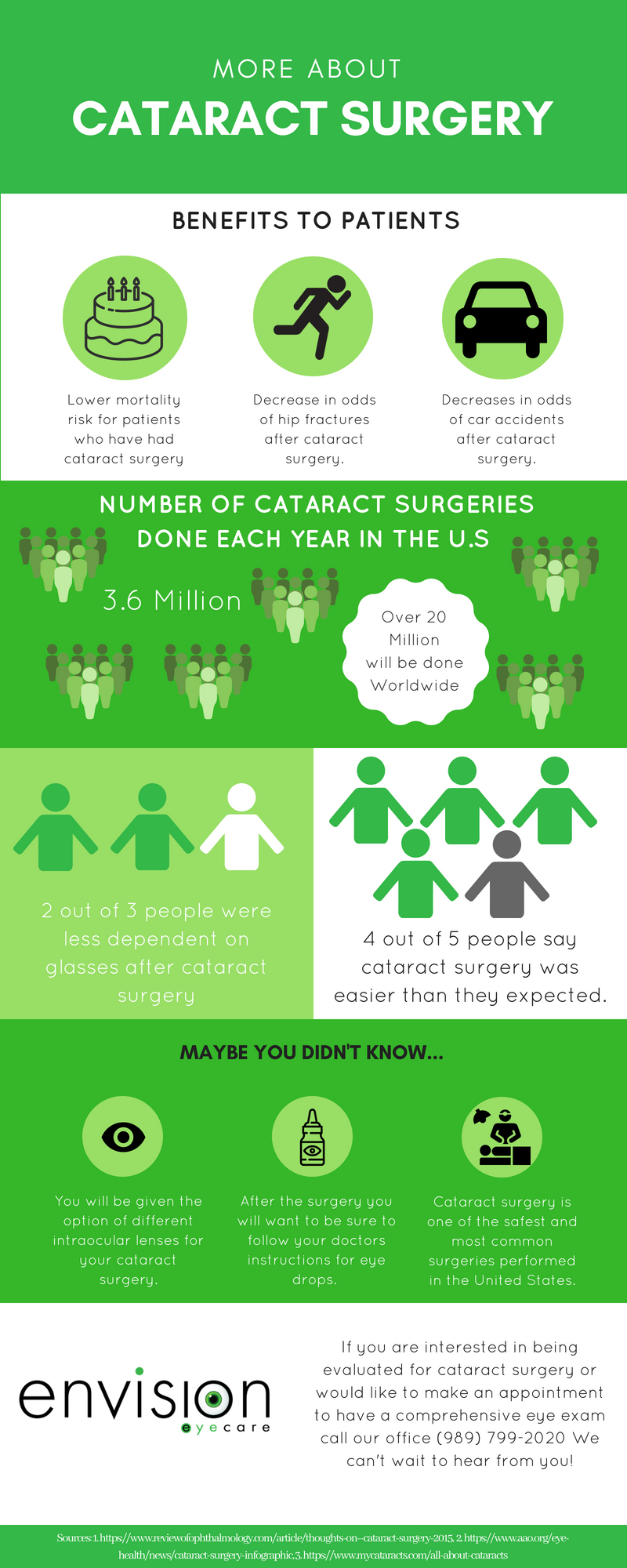When it concerns treating completely dry eye, you could find yourself weighing the costs of in-clinic therapies versus at-home remedies. In-clinic options can be expensive, rising to $1,200 a month, while at-home remedies commonly come at little to no cost. But how do you understand which is best for your circumstance? Comprehending the subtleties of each method can help you make an informed decision. Let's discover what these alternatives involve.
Comprehending the Expenses of In-Clinic Treatments for Dry Eye
When you're taking into consideration in-clinic treatments for dry eye, it's essential to recognize the costs involved. The price can vary significantly based on the treatment kind and your area.
Artificial Tears For Dry Eyes like prescription eye goes down may cost you in between $50 and $150 each month. If you select punctal plugs, anticipate to pay around $200 to $500 for the procedure, plus any type of follow-up check outs.
Advanced treatments like LipiFlow can range from $600 to $1,200 per session. Don't fail to remember to inspect if your insurance covers any of these expenses, as this can significantly affect what you wind up paying.
Being informed regarding these expenses can assist you make a better decision customized to your spending plan and needs.
Discovering Home Remedies and Their Price
Although in-clinic treatments can be pricey, exploring at-home treatments for dry eye often offers a more budget-friendly choice. A lot of these solutions are easy and can be easily included into your day-to-day routine.
As an example, using a humidifier adds wetness to the air, which can help relieve dry eye signs without breaking the financial institution. Additionally, non-prescription fabricated splits are budget-friendly and can use quick alleviation.
You may also consider cozy compresses, which you can make with a clean fabric and cozy water-- an economical and efficient option. Staying moisturized by consuming plenty of water is another cost-free way to support eye health and wellness.
Considering the Perks and Drawbacks of Each Choice
While considering your choices for completely dry eye treatment, it's crucial to weigh the advantages and disadvantages of both at-home treatments and in-clinic procedures.
At-home treatments, like man-made splits and cozy compresses, supply comfort and cost-effectiveness, yet they mightn't offer prompt alleviation for extreme cases.
On the other hand, in-clinic treatments-- such as punctal plugs or specialized therapies-- commonly provide quicker, a lot more reliable outcomes, yet they can be extra expensive and might call for several gos to.
Furthermore, in-clinic treatments may entail a much more intricate procedure, which could be daunting for some.
Inevitably, your option ought to depend on your symptoms' severity, your budget, and your convenience level with each method.
Evaluating these factors will help you discover the appropriate balance for your completely dry eye relief.
Verdict
When it involves dealing with completely dry eye, you've obtained options. In-clinic therapies can be costly but may use more instant relief for severe situations. On the other hand, at-home treatments are affordable and can offer convenience without breaking the bank. Inevitably, your choice depends upon your details requirements and severity of symptoms. Consider your circumstance meticulously, and don't think twice to consult a professional if you're uncertain which technique is best for you.
